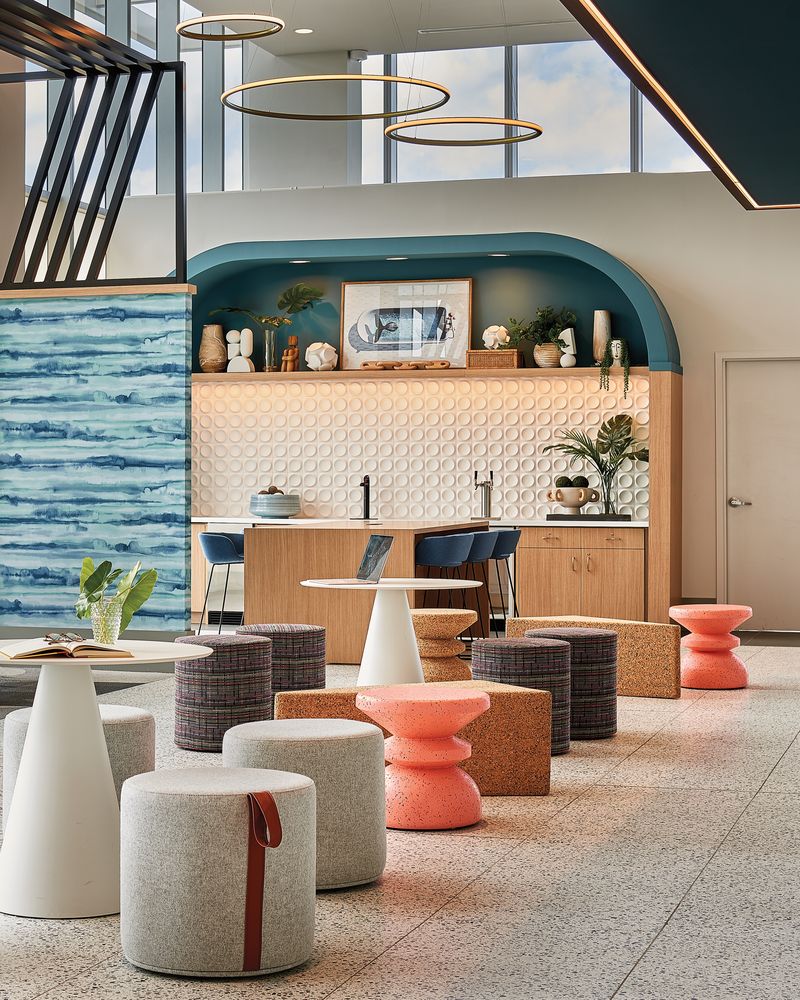
24 May 5 Takeaways from the InterFace Student Housing Conference
The Show’s Over. Now, what?
5 Takeaways from the InterFace Student Housing Conference
Sara Murray, Senior Designer | Innovation
The recent InterFace Student Housing Conference buzzed with the energy of friends and colleagues reconnecting. Stimulating presentations and discussions filled the airwaves. Key takeaways gleaned from the event shed light on what’s ahead.
- Market Outlook
Investors are feeling confident about the market. While it’ll likely never go back to “normal,” most investors expect it to show improvement by next year. The cost to build and high insurance prices negatively impacted the number of new projects last year. But demand is still high in tier one markets and viable opportunities exist in spite of current market conditions.
- Reigning in Rent
Rent increases are hitting the threshold as students and parents are saying, “Enough!” and walking away from high-rent housing. As rental costs stabilize, everyone with a role to play in a new project will feel the trickle-down effect.
- Design Priorities
Interior design and architecture firms need to increasingly find creative ways to stay innovative while keeping costs manageable. The focus needs to be much less on back-of-house or auxiliary spaces and more on key touchpoints. Leasing tours that immediately wow with high-impact, experiential branding and on-target multi-use amenities can make the most of smaller footprints fueled by the need to save on cost.
According to Ben Kasdan, Principal at KTGY, The 87 at Notre Dame proves the point. The day-to-night Hangout social lounge works as a place to watch a football game, socialize at the coffee bar, connect to the pool or find a spot to comfortably study.
- Floorplan Changes
Leading architects are designing with more intent to address cost savings. For example, they’re reducing the number of layout options with fewer unit types. Shifting floorplans also include Jack and Jill bathrooms for larger 2-3 bedroom units.
- Space to “Be Alone in the Crowd”
While two-story space is incredibly impactful as a resident enters the building, we’re finding that for socializing and studying, students tend to gravitate to smaller, more intimate spaces. We need to remain conscious about how and where we introduce two-story volumes, as they most definitely have their place, but that place isn’t everywhere.


